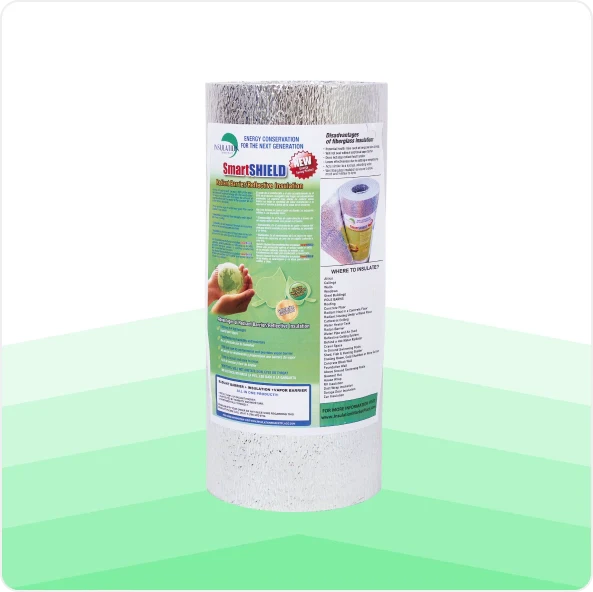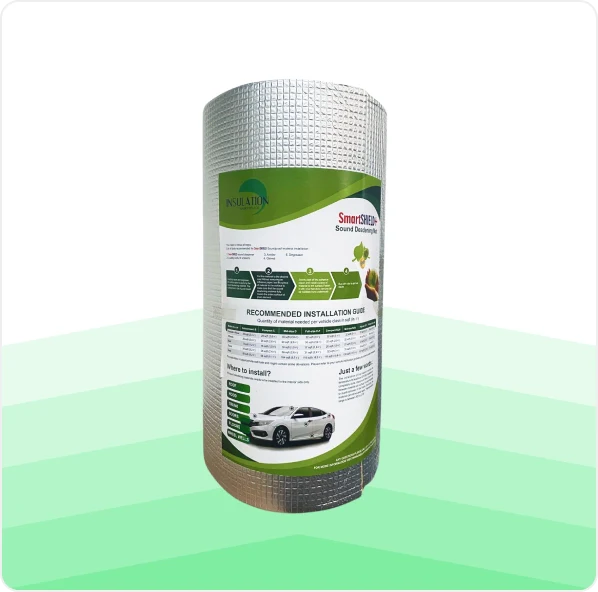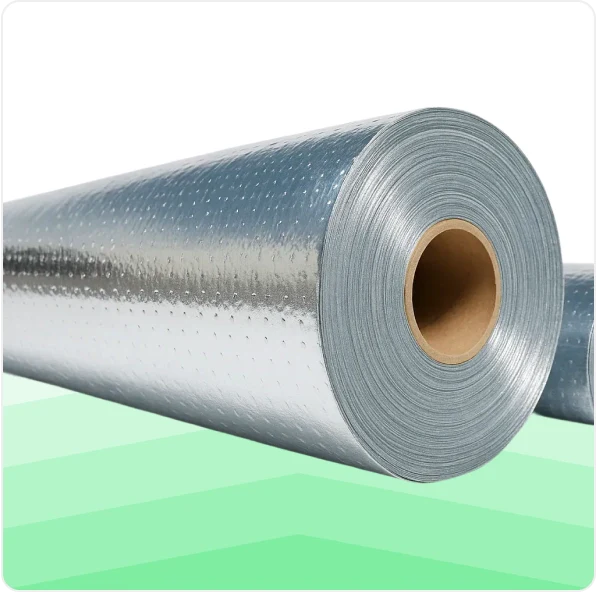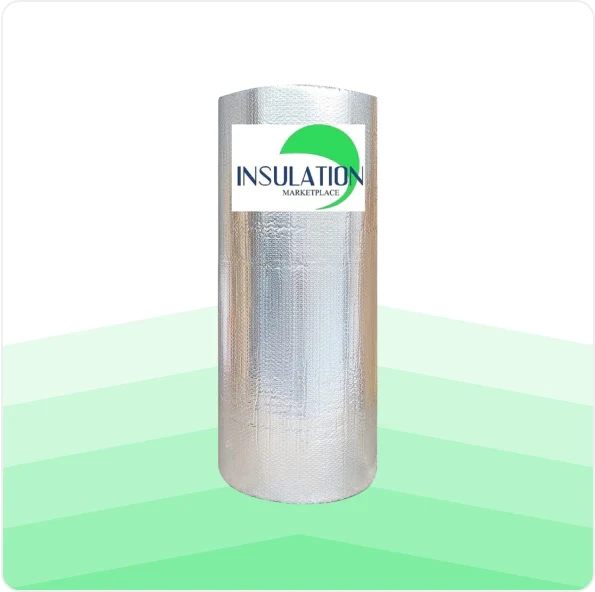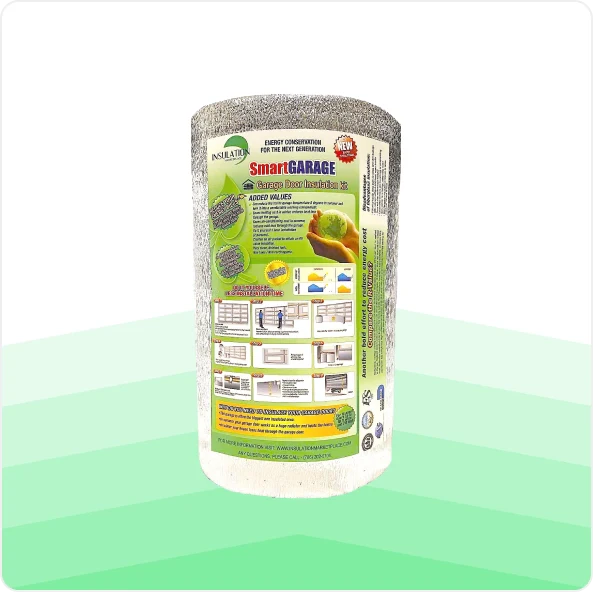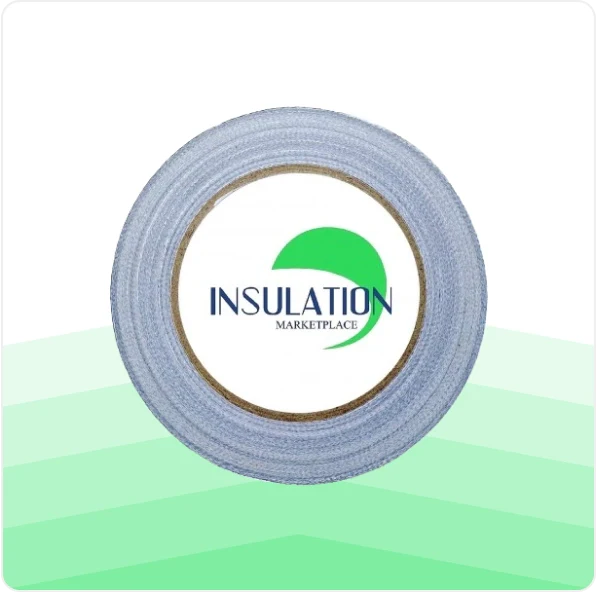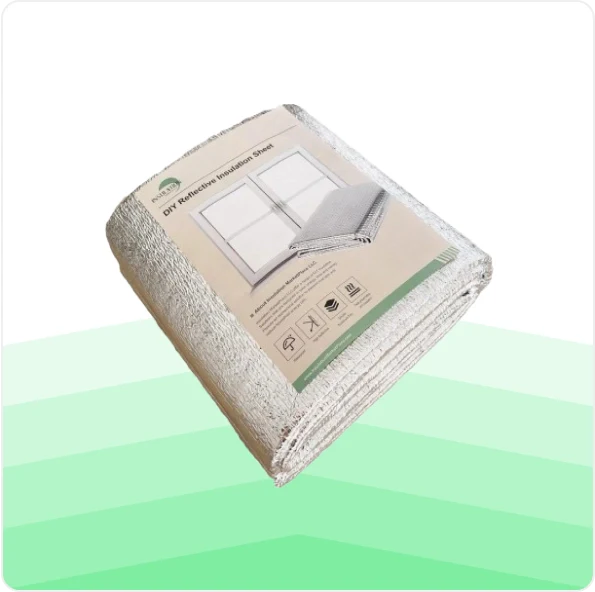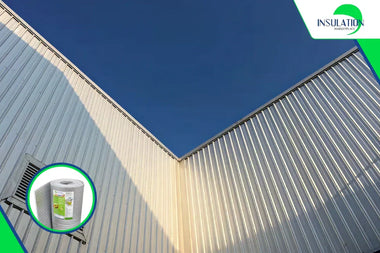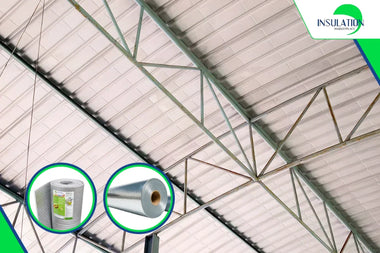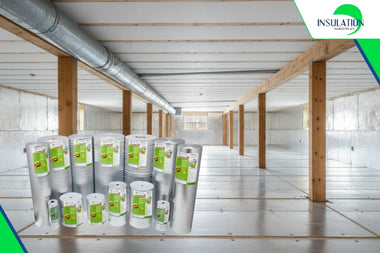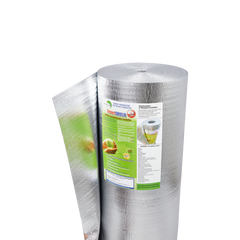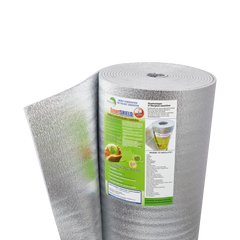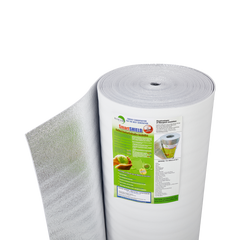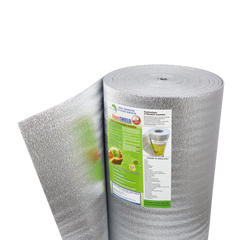Your energy bills continue to rise, and you are trying to find affordable solutions to tackle the discomfort that slowly becomes unbearable in summer months when the attic turns into an oven, and during winter months when the attic turns into an icebox.
The question on your mind is, can you install attic insulation yourself? The truth is, DIY insulation of an attic will save some initial money, yet it has pitfalls in protection, efficiency, and comfort. When properly done, it will enhance the comfort of homes and energy efficiency. Otherwise, it may waste your money, not to mention harming your health.
In this article, we will discuss whether it is indeed less expensive to perform insulation yourself, what kind of insulation is the most effective, safety precautions to take, and DIY insulation options that make the procedure much easier.
Is It Cheaper to Install Insulation Yourself?

Can you install attic insulation yourself to save on labor costs? Actually, it can save you the 30-50% labor cost that comes along with expert installations. However, it is important to realize that mistakes can produce undesirable outcomes. The risks of holes left, insulation compressed, or unsealed air leaks cause the insulation to be less effective and cost more to use as time goes on.
There’s also the issue of material choice. Specifically, spray foam insulation kits may be cumbersome for a DIY insulating process. It’s possible for ineffective results, waste of materials, and safety risks due to poor mixing or poor coverage.
Therefore, DIY can be cost-effective when it comes to simple attic projects with the help of batt rolls or reflective wrapping. However, for complex systems or spray foam applications, professional installation often pays off in long-term value.
Which Is Better: Attic Insulation - Blown or Rolled?
Blown-in and rolled are the two most popular types of attic insulation. You should know the difference between DIY and a professional project before you attempt one.

Blown-In Insulation (Loose-Fill)
Blown-in insulation involves small fragments of fiberglass or cellulose being blown by a machine into attic spaces. The method is excellent at dealing with irregular layouts, filling in difficult or inaccessible areas, and boosting coverage in areas behind obstacles such as cables or pipes.
Pros:
- Great for covering irregular layouts
Cons:
- Requires professional equipment and training
- Messy installation that’s difficult for most DIY homeowners
Rolled Insulation
Rolled insulation comes in easy-to-handle rolls made from foam core, bubble core, or radiant barrier materials. These rolls are designed for quick installation between attic joists or across rafters.

Pros:
- Easy for DIYers to install with basic tools
- Cleaner, quicker installation than blown-in
- Cost-effective since no heavy machinery is needed
Cons:
- Works best when installed snugly along joists
⇒ For a tighter seal, finish the job with HVAC Tape to close seams and keep coverage continuous.
Attic Insulation Recommendations for DIY Homeowners:
If you’re a DIYer, rolled or reflective wraps are your best bet. At Insulation MarketPlace, you’ll find options designed for easy installation and maximum performance:
- SmartSHIELD Foam Core Reflective Insulation Wrap: Low-profile, flexible, and easily-adjusted for the space between attic joists.
- SmartBUBBLE Reflective Insulation: Considerably flexible and moisture-proof, easily adhering to wiring or uneven surfaces.
- SmartFOIL Radiant Barrier: Works well when installed over rafters to reflect heat and keep the attic cooler in summer.
Can you install attic insulation yourself without any special equipment required? Yes. Go for these insulation solutions to ensure both efficacy and an easy installation process.
Is It Safe to Install Insulation Yourself?
Saving money is attractive, but safety should come first. DIY insulating your house may have a few potential risks.
- Health hazards: Spray foam can also prove to be harmful when handled without precaution due to the fumes it produces. Similarly, fiberglass particles can irritate your skin, eyes, and lungs.
- Physical risks: Tripping or falling, scrapes and cuts due to exposed wood and nails may occur in cramped and uneven spaces.
- Fire and moisture concerns: Poor insulation touching recessed lights or obstructing airflow can lead to moisture issues and even a fire.
Safety Best Practices:
- Wear personal protective equipment (PPE): gloves, goggles, a respirator, and long sleeves.
- Always seal air leaks before insulating.
- Maintain clearances around electrical fixtures and vents.
- Work with good lighting and a safe pathway across joists.
Can you install attic insulation yourself with rolls and reflective foils? Insulation products like SmartSHIELD and SmartBUBBLE are excellent options when you want to install insulation safely on your own. They are safer compared to fiberglass and spray foam, light, and easy to handle.

When DIY Makes Sense (and When to Call a Pro)
DIY attic insulation installation can be a very rewarding project; just be sure to investigate attic conditions properly before making any decisions.
DIY makes sense when:
- Your attic is clean, dry, and easy to access.
- You’re using roll or reflective insulation.
- You’re comfortable handling protective gear and working in tight spaces.
Call a professional when:
- The attic has ventilation, wiring, or moisture issues.
- You need blown-in or spray foam insulation.
- You want guaranteed performance and compliance with building codes.
Bonus tip: Use Insulation MarketPlace’s reflective insulation products to ensure a safer and easier-to-handle project compared to traditional fiberglass. Plus, you can still save on your energy bills.
Tips for a Successful DIY Attic Insulation Project

If you’re set on tackling the job yourself, here are some quick pointers:
- Before commencing work, check your attic for any leakages, dampness, or pests.
- Block any air leaks between chimneys, vents, and wiring.
- Use the R-value guidelines of your climate zone.
- Use sturdy boards to create safe walking paths across joists.
- Combine batt insulation with a radiant barrier like SmartFOIL for maximum efficiency.
So, Can You Install Attic Insulation yourself?
Yes, you can. The key is knowing when it makes sense and choosing the right materials for safety and effectiveness. Opt for the rolled or reflective insulation products like SmartSHIELD, SmartBUBBLE, and SmartFOIL that are excellent options to solve DIY dilemmas without compromising performance.
Are you seeking a brilliant way of insulating your attic? Browse our reflective insulation wraps at Insulation MarketPlace and begin to make the first step towards lowering your bills and supplying all-year-round comfort.

